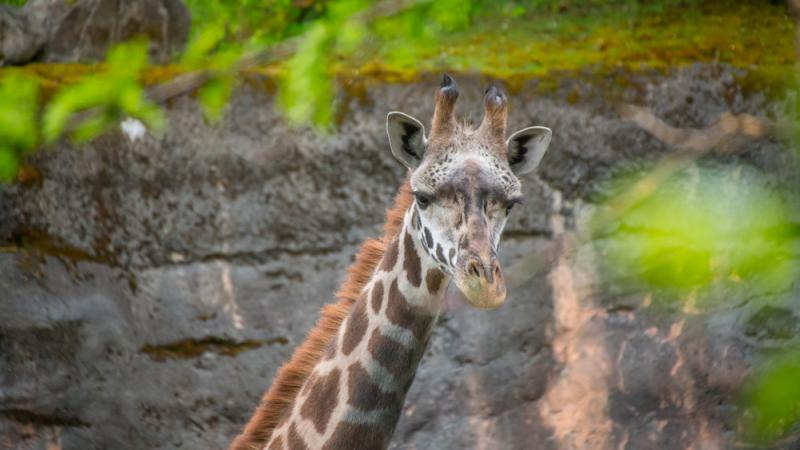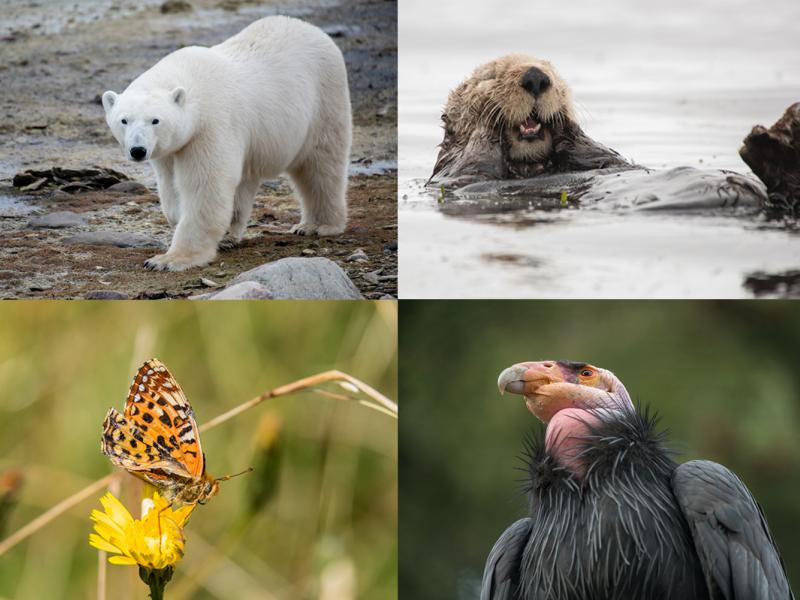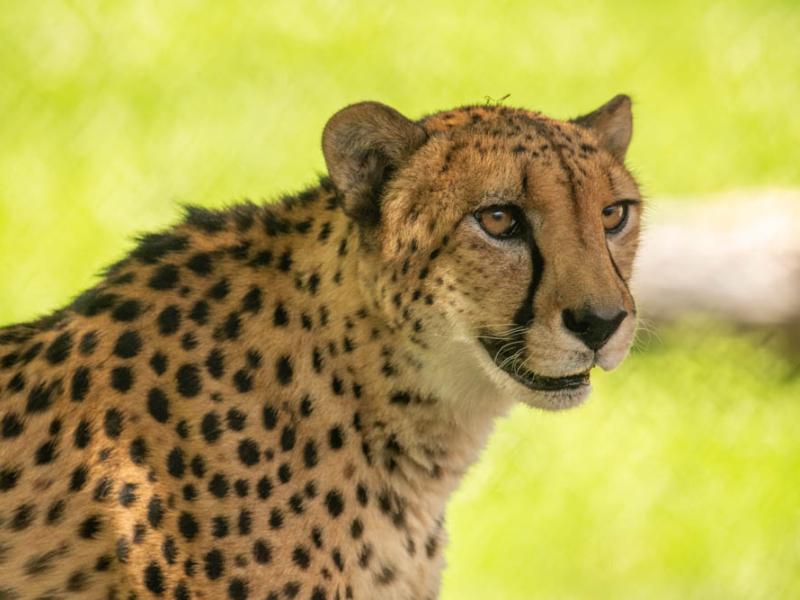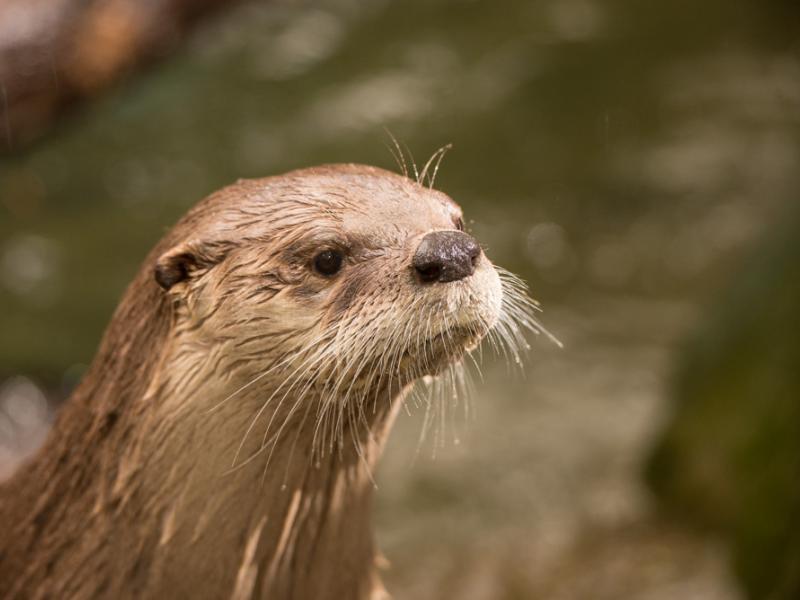Oregon Zoo's newest resident is 11 feet high and rising

Kiden, a 2-year-old Masai giraffe, joins Buttercup and Desi in zoo's Africa area
The Oregon Zoo's animal population gained 11 extra feet recently, all courtesy of Kiden, a female Masai giraffe recently arrived from South Carolina's Greenville Zoo.
The towering 2-year-old, who arrived in Portland late last month, met the zoo's other giraffes, Buttercup and Desi, on Tuesday, and animal-care staff report Kiden is making herself right at home.
"Giraffes are herd animals, so it's wonderful to welcome a new member of the family," said Becca Van Beek, who oversees the zoo's Africa area. "Yesterday was her first day out with the boys, and she and Buttercup have been spending a lot of time together."
The new giraffe spent a few weeks acclimating before meeting Buttercup and Desi, along with the Spekes gazelle and southern ground hornbills that share their mixed-species habitat.
"Young giraffes like Kiden are naturally curious and playful, and it's been a lot of fun to see her interacting with the other animals," Van Beek said.
Giraffe fans will have to wait a bit to see Kiden in person, as the zoo remains closed to help slow the spread of COVID-19. The Oregon Zoo Foundation is leading efforts to fund critical operating needs of the zoo during its closure. To contribute, go to oregonzoo.org/donate.
Masai giraffes like Kiden and Buttercup — the largest giraffe subspecies and the tallest mammals on earth — can grow to around 18 feet tall. Other impressive stats include: tongues up to 21 inches long, running speeds of up to 35 mph, and the ability to eat up to 75 pounds of leaves and brush a day.
Kiden was born at the Greenville Zoo on Jan. 31, 2018, and came to Oregon as part of the Association for Zoos and Aquariums' Species Survival Plan for giraffes — a cooperative program among zoos that helps create genetically diverse, self-sustaining populations to guarantee the long-term future of these animals. The Masai subspecies of giraffe is endangered, with fewer than 33,000 believed to remain in eastern Africa, and populations there have declined by more than 50% in recent years, in part due to poaching.
"Every Masai giraffe we care for is critical to keeping this subspecies alive," said Oregon Zoo deputy director Sheri Horizsny, who serves as the AZA's SSP coordinator for giraffes. "Our hope is that one day Kiden and Buttercup will start a family of their own."
Horiszny said the zoo was planning to cancel Kiden's transfer, which had been in the works for some time, because of the COVID-19 closure and resultant economic pressures, but a donor to the Oregon Zoo Foundation stepped forward and completely funded the move.
"It was incredibly generous, and we are so excited about this," Horiszny said. "The window for transfers is small and this move is significant for the species' survival. Kiden is especially important, genetically speaking, because she has few relatives in the zoo population."
More News

Take action: Protect wildlife by protecting their homes
Speak up to protect wildlife. Submit a public comment urging the government to keep the Endangered Species Act strong — including protections for habitat.May 8, 2025

Zoo mourns Strike, one of oldest male cheetahs around
At 15, Strike was considered geriatric for his species and was the second-oldest male cheetah living in an AZA-accredited zoo.May 8, 2025

Zoo says goodbye to Tilly, beloved otter mom
At 16, Tilly was considered geriatric for her species.April 30, 2025

